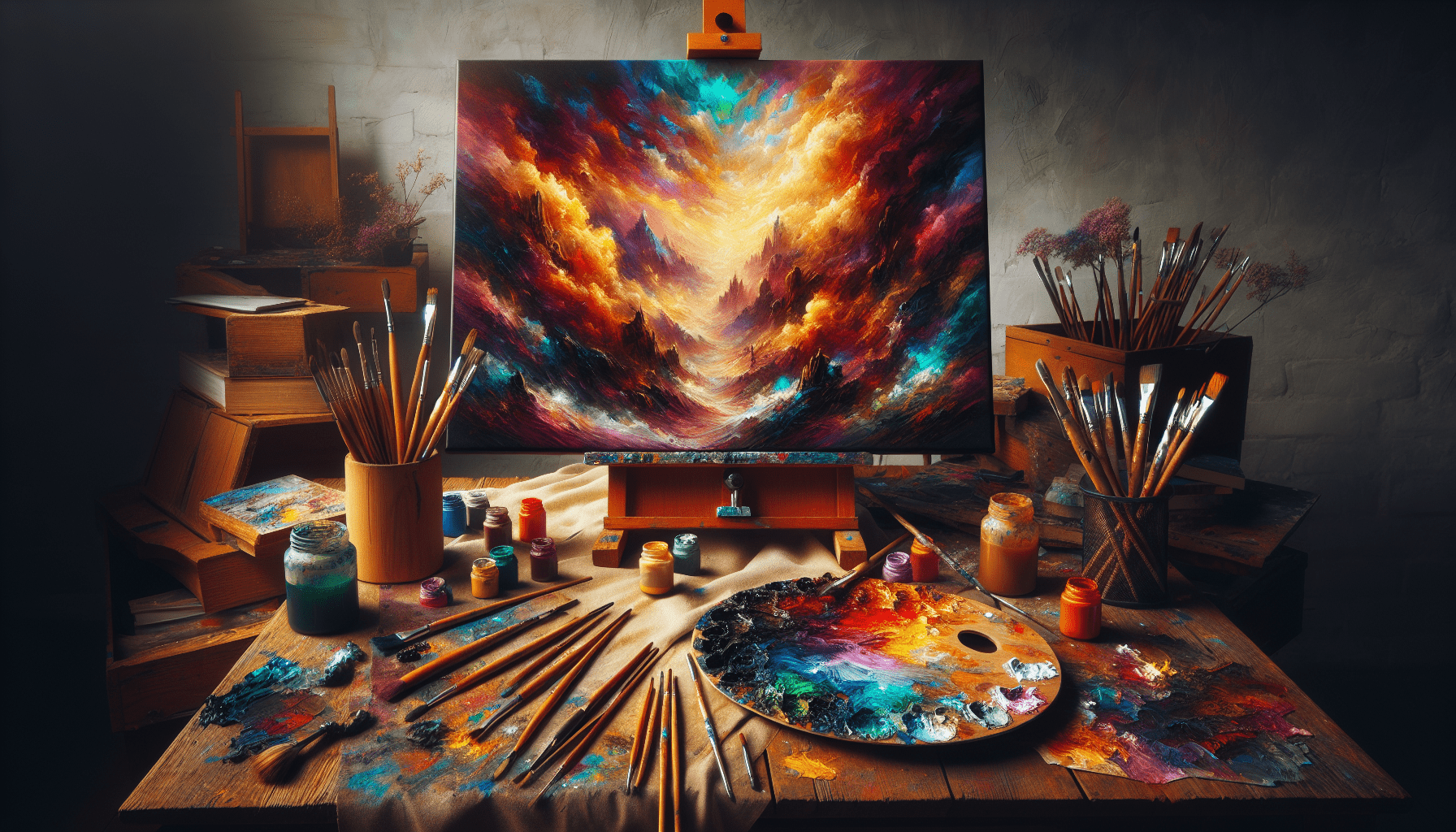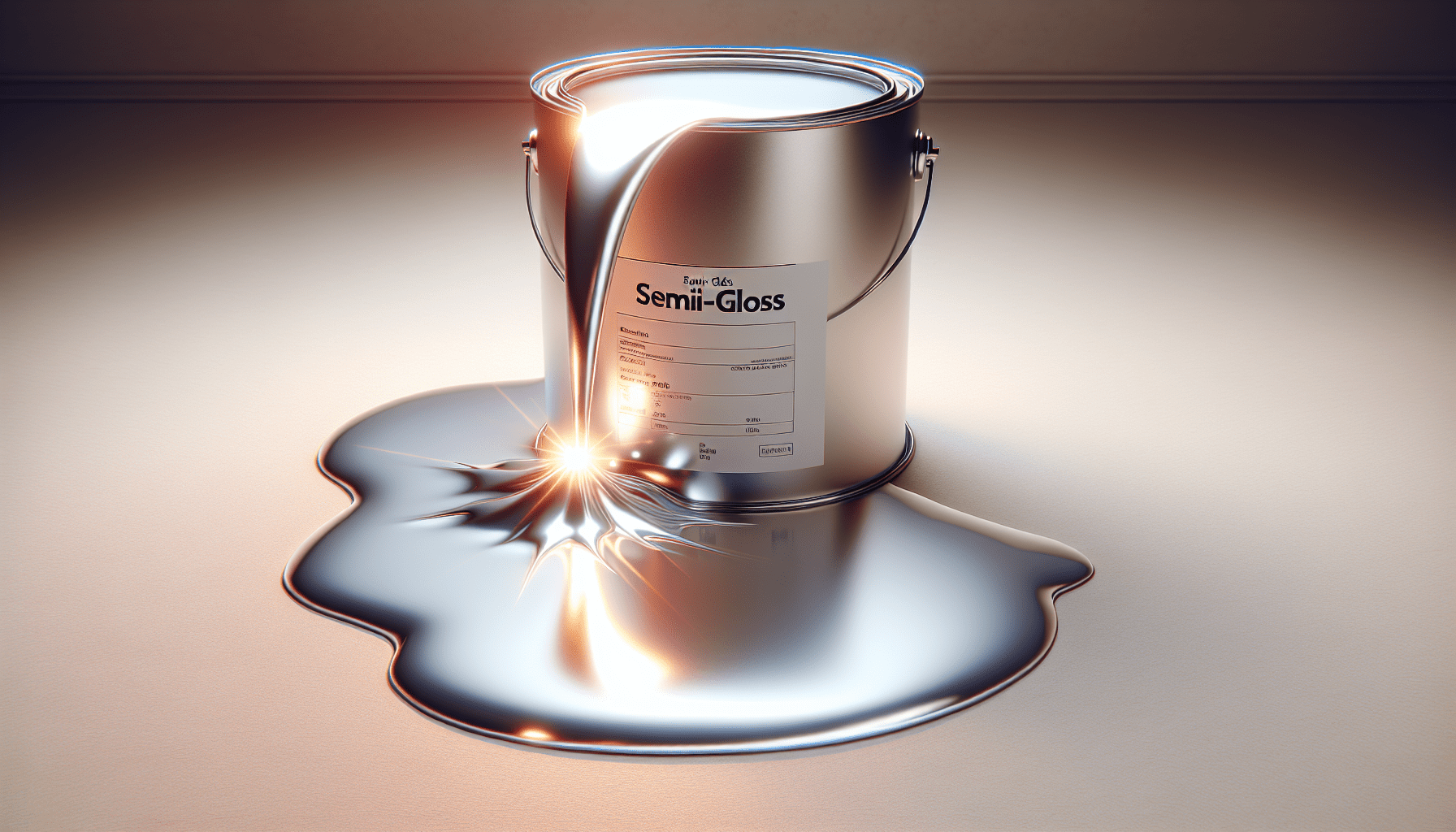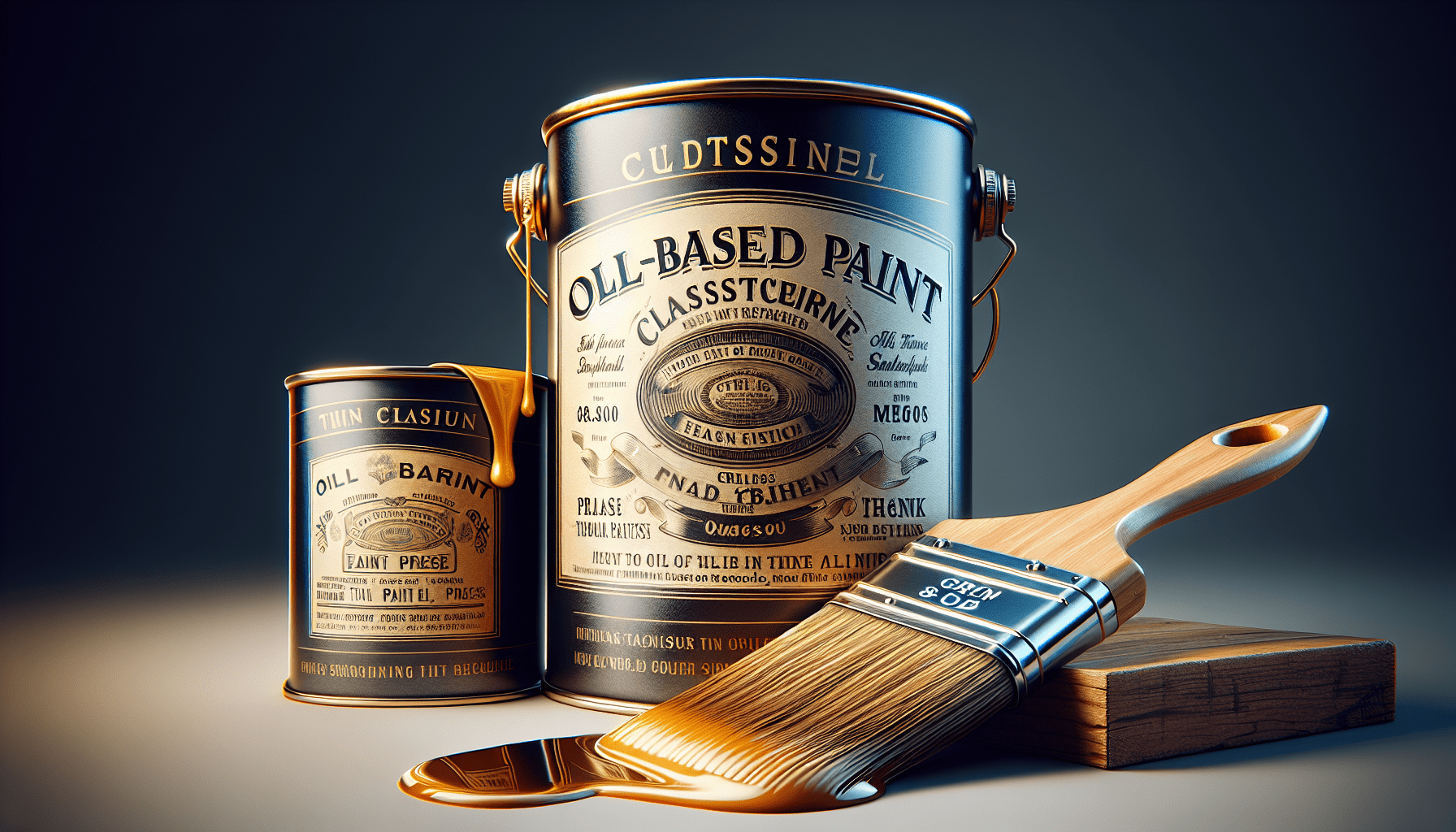Understanding the drying times of oil paints on canvas is crucial in planning your artwork creation process. This article provides a detailed guide on the length of time it takes for oil paint to dry on canvas. It explores factors impacting drying times, tips to accelerate or slow down the drying process, and how to best work with these times to improve your artistry. So, if you’re an artist constantly questioning how long you should wait before your oil painting is completely dry, this resource is tailored just for you.

Factors Affecting Drying Time
In the realm of painting, the medium chosen, particularly when working with oil paints, can strongly influence the drying time. There are several factors that come into play, which include the type of oil paint used, the pigment density, the thickness of the paint layer applied, as well as the surrounding environmental conditions. Understanding these factors can help you plan your work more effectively and anticipate the required drying time.
Type of Oil Paint
The type of oil paint is the first important factor to consider. Oil paints are a blend of pigments and oil, and the oil used can vary, which significantly impacts the drying time.
Pigment Density
The density of the pigments used also affects the drying time. Paints with denser pigments typically take longer to dry, as the oil used must penetrate deeper into the pigment particles.
Paint Thickness
The thickness of your paint layers is another critical factor. Thicker paint accumulates more oil and takes longer to dry.
Environmental Factors
Lastly, the environment in which you paint can influence drying time. Factors such as humidity, temperature, and air circulation can speed up or slow down the drying process.
Type of Oil Paint
Let’s delve deeper into the various types of oil paint:
Linseed Oil Paint
linseed oil paint is the most common and dries faster than other types. It’s preferred by many due to its versatile nature and excellent drying properties.
Poppy Seed Oil Paint
Poppy seed oil paint is known for its slow drying time. It offers a rich and glossy finish, which many artists prefer for specific techniques.
Walnut Oil Paint
Walnut oil paint is another slow-drying option. It’s often used for its unique properties, such as less yellowing over time.
Safflower Oil Paint
Safflower oil paint dries at a medium pace, which makes it excellent for artists who want a balance between quick and slow drying.
Pigment Density
Considering pigment density:
Light Pigments
Artists using lighter pigments will find that these paints tend to dry quicker, as the oil can penetrate more easily into the pigment particles.
Medium Pigments
Medium pigments offer average drying times, as the oil penetration falls in the middle range.
Dark Pigments
Darker pigments generally consist of denser materials, resulting in longer drying times since the oil penetration takes longer.
Paint Thickness
Discussing paint thickness:
Thin Layers
Applying thin layers means there is less oil to dry, resulting in a shorter drying time.
Medium Layers
Medium layers necessitate a longer drying time compared with thin layers but shorter than thick layers.
Thick Layers
Thick layers take the longest time to dry as the oil concentration is higher.

Environmental Factors
Environmental factors are also key:
Humidity
Higher humidity can slow down the drying process as it impedes the evaporation process.
Temperature
Ambient temperature plays a significant role. Lower temperatures slow down the drying process, while higher temperatures accelerate it.
Air Circulation
Good air circulation can aid in quicker drying as it facilitates the evaporation of the oil.
Average Drying Times
Considering average drying times:
Thin Layers
A thin layer might take between a few hours to a few days to dry.
Medium Layers
Medium layers typically take a few days to a week to dry.
Thick Layers
Thick layers will take anywhere from a week to a month or more to dry completely.
Tips for Faster Drying
Let’s look at some tips for faster drying:
Use Thinner Paints
Thinner paints naturally lead to quicker drying times.
Add Drying Agents
Drying agents or mediums can expedite the drying process.
Increase Air Circulation
Ensure there is enough air circulation in your painting area.
Expose to Sunlight
Though not always recommended because it can lead to color fading, exposing your painting to sunlight can speed up the drying process.
Preventing Damage in the Drying Process
Preventing damage is important:
Avoid Touching the Surface
Touching the surface can leave impressions or marks; it’s best to leave it untouched while it dries.
Protect from Dust and Debris
Cover the painting, if possible, to protect it from dust and other particles.
Avoid High Humidity Conditions
Humidity can cause a grimy film to develop on the painting. It’s best to dry it in a low-humidity environment.
Store Properly After Drying
After the painting has dried, ensure it is stored or displayed appropriately to avoid damage.
Special Considerations for Oil Paintings
Special considerations include:
Slow Drying Techniques
Some artists prefer to use slow drying techniques to achieve desired effects.
Glazing
Glazing requires several thin, slow-drying layers. Patience is critical when using this technique.
Impasto
Impasto involves applying thick layers of paint, which can take longer to dry but create an interesting texture.
Conclusion
To conclude:
Patience is Key
Patience is certainly a virtue when working with oil paints. Depending on your chosen method, drying can take anywhere from a few hours to several months.
Experiment and Observe
Don’t be afraid to experiment with different techniques, oils, and pigments. The most significant learning comes from observation and experience.
Follow Best Practices
Following best practices will not only result in a better final product but also prevent unnecessary damage. Implement tips to accelerate drying time, protect your masterpiece during the drying process, and ensure it’s preserved when finished.
Understanding how long oil paint takes to dry on canvas is pivotal for any artist. By considering all these factors, you can better plan your work, decrease uncertainties, and enhance your overall painting experience.



